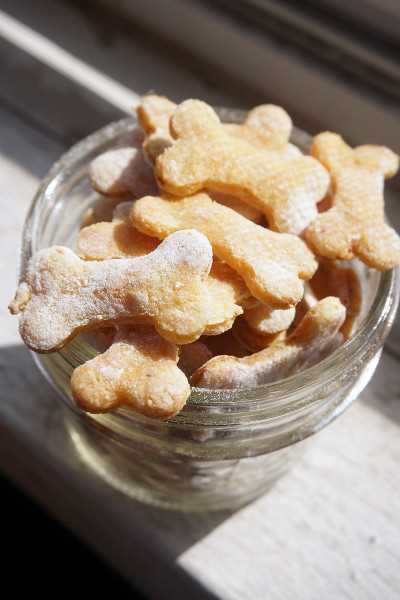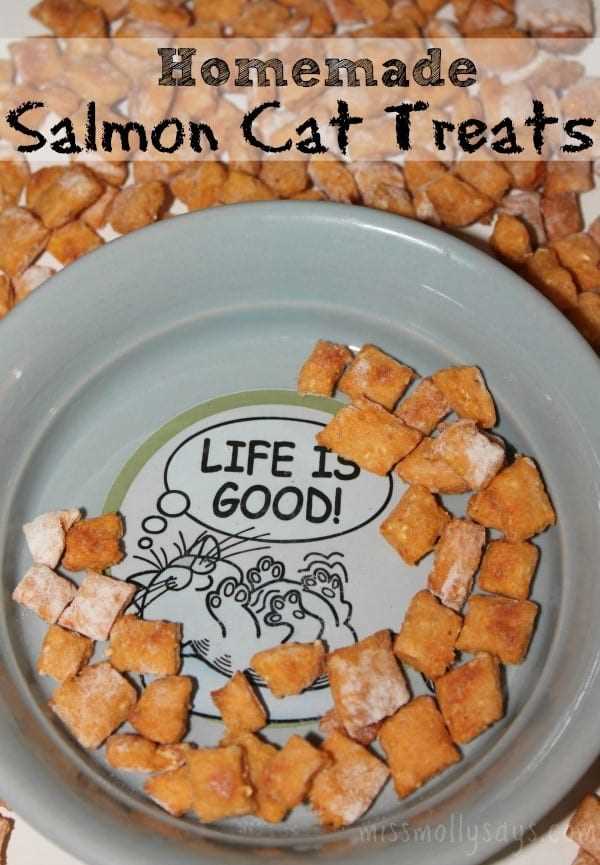Try mixing tuna with a little bit of plain yogurt and a sprinkle of catnip. Blend until smooth, then freeze in small portions. These icy bites are a delightful treat on warm days!
Consider using cooked chicken or turkey. Shred the meat and combine it with a tiny amount of pumpkin puree. This mixture not only pleases the palate but also aids digestion.
For a crunchy option, take whole wheat flour, a pinch of catnip, and some chicken broth. Roll the dough into small balls and bake until golden. These crunchy morsels can be stored for days, ensuring a constant supply of joy!
Remember to always check for any food allergies before introducing new flavors. Keeping your furry companion healthy while satisfying their cravings is key!
Delicious Snacks Preparation
Use chicken or turkey for a protein-packed delight. Cook the meat thoroughly, then shred it into small pieces. Mix in a bit of plain yogurt and a pinch of catnip for added flavor. Spread the mixture onto a baking sheet and freeze until solid. Cut into bite-sized cubes, perfect for rewarding good behavior.
Consider incorporating fish like tuna or salmon. Drain the canned fish and mix it with some oat flour. Form small balls and bake them at a low temperature until they firm up. These savory bites are sure to be a hit!
Try using pumpkin puree for a healthy alternative. Combine it with a bit of peanut butter (ensure it’s xylitol-free) and whole wheat flour. Roll the dough out and cut out fun shapes before baking. These chewy goodies are not only tasty but also beneficial for digestion.
Experiment with different flavors by adding shredded cheese or cooked eggs to your mixtures. Just a little can go a long way in enticing those discerning palates. Remember to keep everything in moderation and ensure all ingredients are safe for feline consumption.
Choosing Safe Ingredients for Homemade Cat Treats
Opt for protein-rich options like chicken, turkey, or fish. These provide the necessary nutrients while appealing to my taste buds.
- Lean meats: Skinless chicken or turkey breast.
- Fish: Salmon or tuna, but ensure they are cooked and deboned.
- Eggs: Cooked eggs are a great protein source.
Avoid harmful items like onions, garlic, and chocolate. These can be toxic and cause serious health issues.
- Onions and garlic: Can damage red blood cells, leading to anemia.
- Chocolate: Contains theobromine, which is poisonous.
- Grapes and raisins: Can cause kidney failure.
Include some healthy grains in moderation. Options like oats or brown rice can be beneficial.
- Oats: Good source of fiber and easy to digest.
- Brown rice: Provides carbohydrates for energy.
Incorporate fruits and vegetables cautiously. Small amounts of carrots or blueberries can be tasty and nutritious.
- Carrots: Cooked and mashed, they can be a fun addition.
- Blueberries: Packed with antioxidants, they can be a delightful treat.
Always check with a vet before introducing new ingredients to ensure safety and avoid allergies.
Keep everything fresh and free from preservatives. Homemade goodies are best enjoyed when made with love and care!
Step-by-Step Guide to Baking Crunchy Cat Delights
First, gather your ingredients: whole wheat flour, chicken broth, and a protein source like tuna or chicken. Measure 1 cup of flour and combine it with 1/4 cup of broth in a mixing bowl. Add 1/4 cup of finely shredded protein. This mixture forms the base for the crunchy bites.
Mixing and Kneading
Use your paws–oh wait, I mean hands!–to combine everything until it forms a dough. If it feels too sticky, sprinkle a little more flour. Once it’s smooth, knead the dough for about 5 minutes. Roll it out to about 1/4 inch thickness. Cut into desired shapes using cookie cutters or a knife.
Baking Time

Preheat the oven to 350°F (175°C). Place the cut shapes on a baking sheet lined with parchment paper. Bake for 15-20 minutes until they are golden brown and crunchy. Let them cool completely before serving. Store any leftovers in an airtight container.
For those adventurous souls, consider tracking your feline friend’s activities with the best gps trackers for cats. It’s a fantastic way to keep tabs on their health and happiness!
Creating Soft and Chewy Delicacies at Home
Choose a protein source like chicken or tuna, finely shredded or pureed for texture. Combine it with an egg to bind the mixture. Adding a small amount of oat flour will enhance the chewiness while providing fiber.
For flavor, consider incorporating catnip or a sprinkle of dried fish flakes. These ingredients will entice even the pickiest feline. A dash of low-sodium chicken broth can add moisture and richness to the blend.
Preheat the oven to 350°F (175°C). Form small balls or shapes from the mixture and place them on a baking sheet lined with parchment paper. Bake for 15-20 minutes until the outside is firm but the inside remains soft and chewy.
Allow the creations to cool completely before serving. Store them in an airtight container in the refrigerator for freshness. These goodies will surely bring joy to my fellow furry friends!
Using Catnip and Other Flavor Enhancements in Snacks

Adding catnip or other flavor boosters can transform simple homemade goodies into irresistible delights. Catnip, known for its euphoric effect on many felines, can elevate the appeal of any recipe. Start by incorporating dried catnip into the mixture; about a teaspoon per cup of flour works wonders.
Flavor Boosting Ingredients
In addition to catnip, consider these flavor enhancers:
| Ingredient | Benefits |
|---|---|
| Chicken broth | Adds moisture and savory flavor. |
| Tuna juice | Enhances aroma and taste, appealing to fish lovers. |
| Cheese | Provides a creamy texture and rich flavor. |
| Pumpkin puree | Boosts nutrition and adds a slight sweetness. |
Experimenting with these ingredients can lead to exciting variations. Just ensure everything used is safe and suitable for your feline friend. Monitor their reactions to new flavors; if they love one addition, incorporate it into future recipes. Explore options like best budget digital camera with flip screen to capture their delightful munching moments!
Storing and Preserving Homemade Cat Delicacies
To keep my culinary creations fresh and tasty, I recommend storing them in an airtight container. This prevents moisture and air from degrading the flavors and textures. A glass or plastic container with a secure lid works best.
Refrigeration and Freezing
If you whip up a batch of goodies, refrigerating them extends their lifespan. Treats can stay fresh for about a week in the fridge. For longer storage, freezing is an option. Place individual servings in freezer-safe bags or containers, allowing me to enjoy my favorites at any time. Just remember to thaw before indulging!
Labeling and Date Tracking
Labeling containers with the preparation date helps track freshness. I like to include the ingredients, too, in case any of my feline friends have dietary restrictions. This practice ensures everyone stays safe and healthy while enjoying these delightful bites.
FAQ:
What ingredients are safe to use when making treats for cats?
When preparing treats for your cat, it’s important to choose ingredients that are safe and healthy for them. Common safe ingredients include cooked chicken, turkey, or fish, as well as pumpkin, sweet potatoes, and certain vegetables like peas and carrots. You can also use catnip or cat grass to make the treats more appealing. Avoid using onions, garlic, chocolate, and any artificial sweeteners, as these can be harmful to cats. Always check for any allergies or sensitivities your cat may have before introducing new ingredients.
How can I make homemade cat treats that my cat will love?
To create delicious homemade cat treats, you can try a simple recipe. For example, mix one cup of cooked chicken (shredded), one egg, and half a cup of oat flour. Blend these ingredients until you achieve a dough-like consistency. Roll the dough into small balls or flatten it and cut it into shapes. Bake the treats at 350°F (175°C) for about 15-20 minutes, or until they are firm and lightly browned. Let them cool completely before offering them to your cat. Many cats enjoy the taste of chicken, and using fresh ingredients ensures you know exactly what your pet is eating.
How often can I give homemade treats to my cat?
Homemade treats should be given to your cat in moderation. Treats should not make up more than 10% of your cat’s daily caloric intake. It’s important to consider the overall diet and health of your cat when incorporating treats. Regular meals should provide most of the nutrition your cat needs, so use treats as a special reward or training incentive rather than a staple of their diet. Monitor your cat’s weight and health, and adjust the frequency and amount of treats accordingly to ensure they remain healthy and happy.






